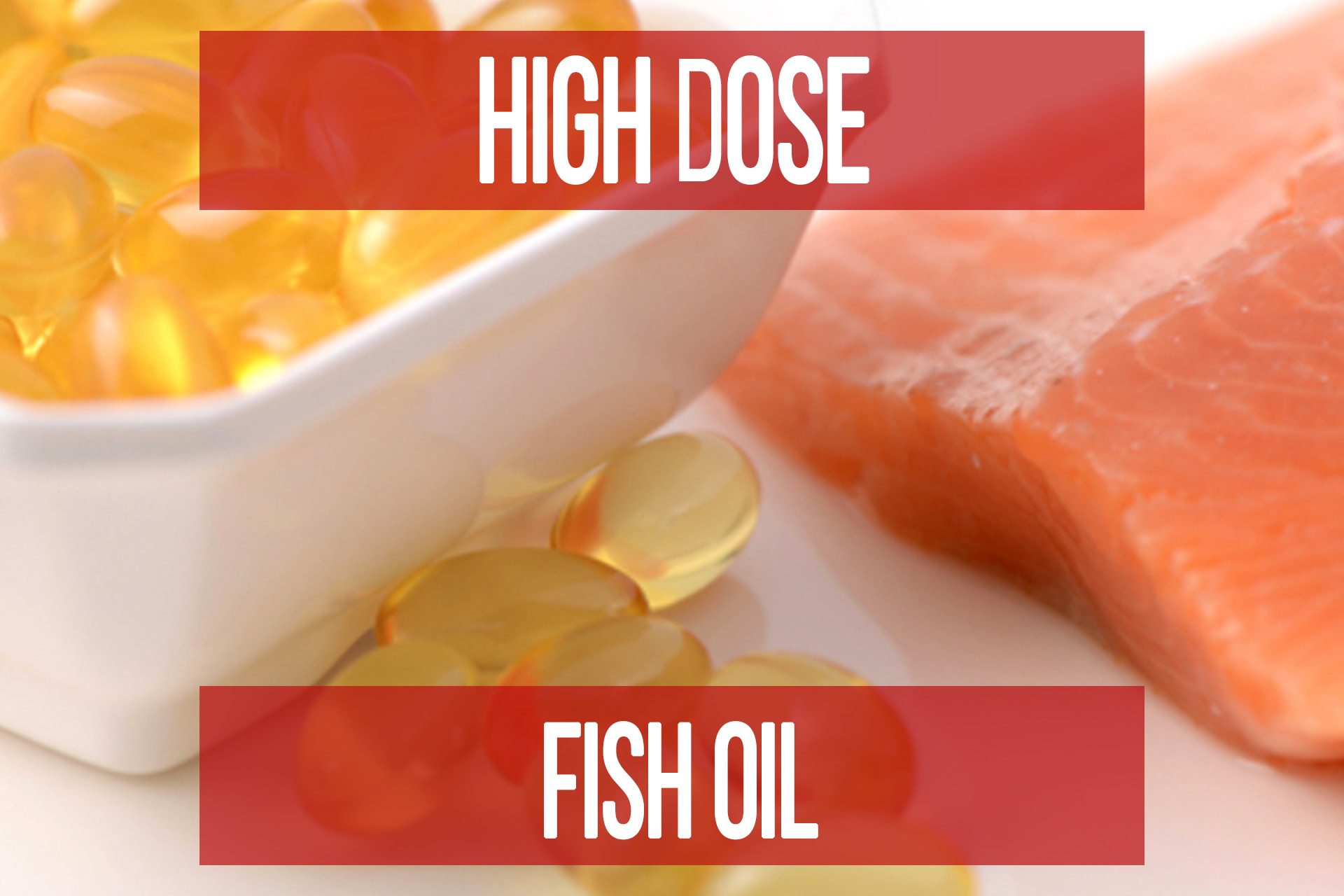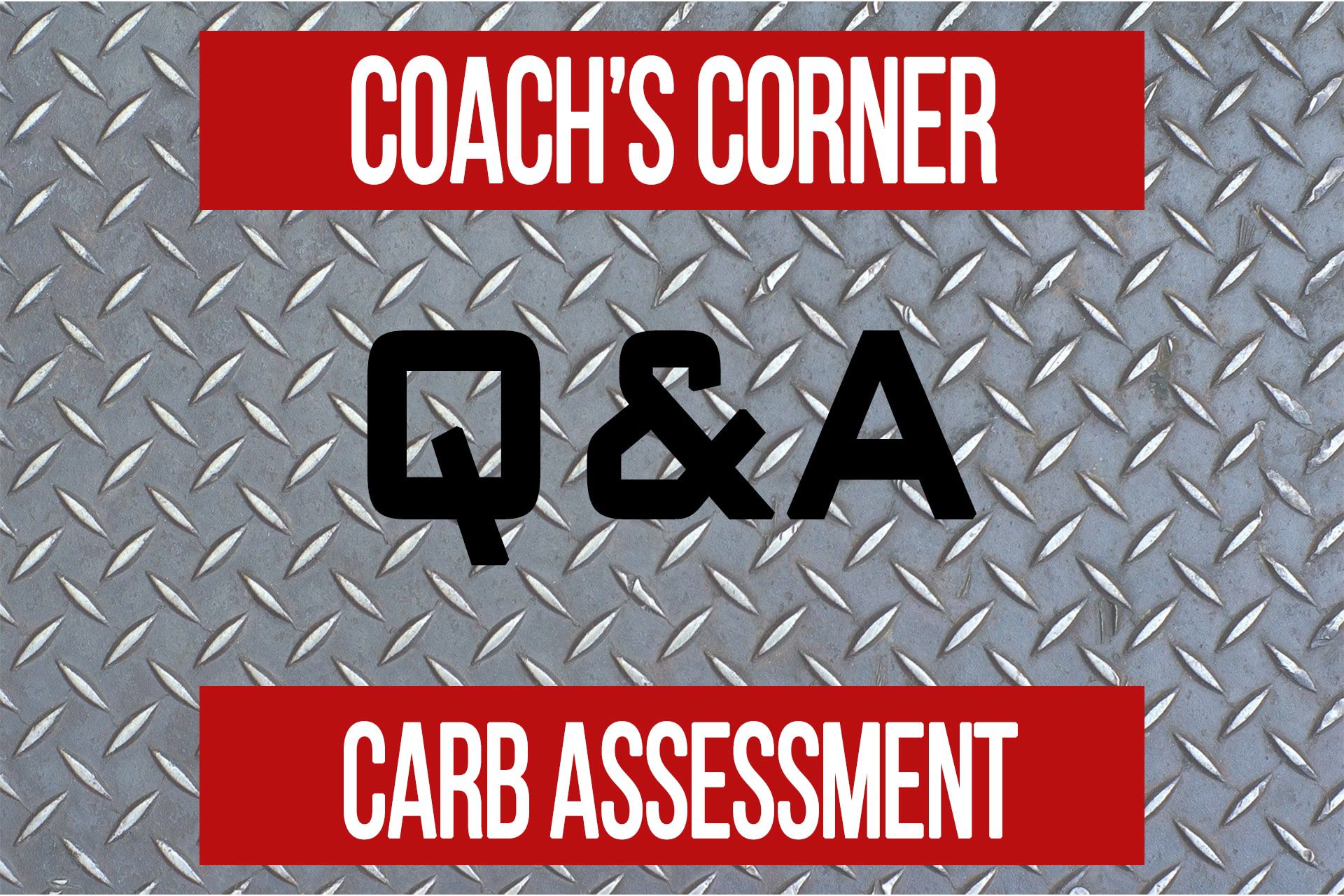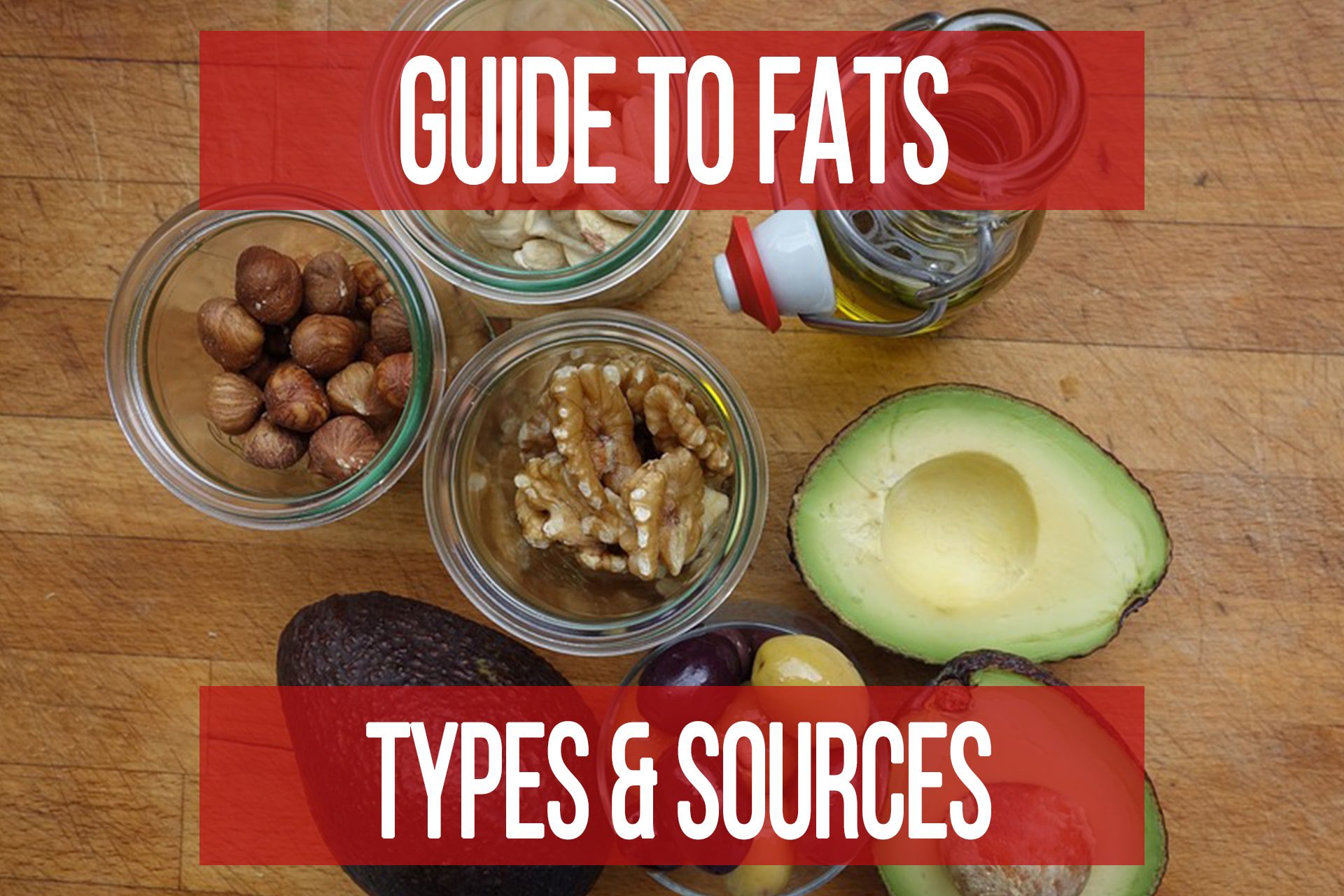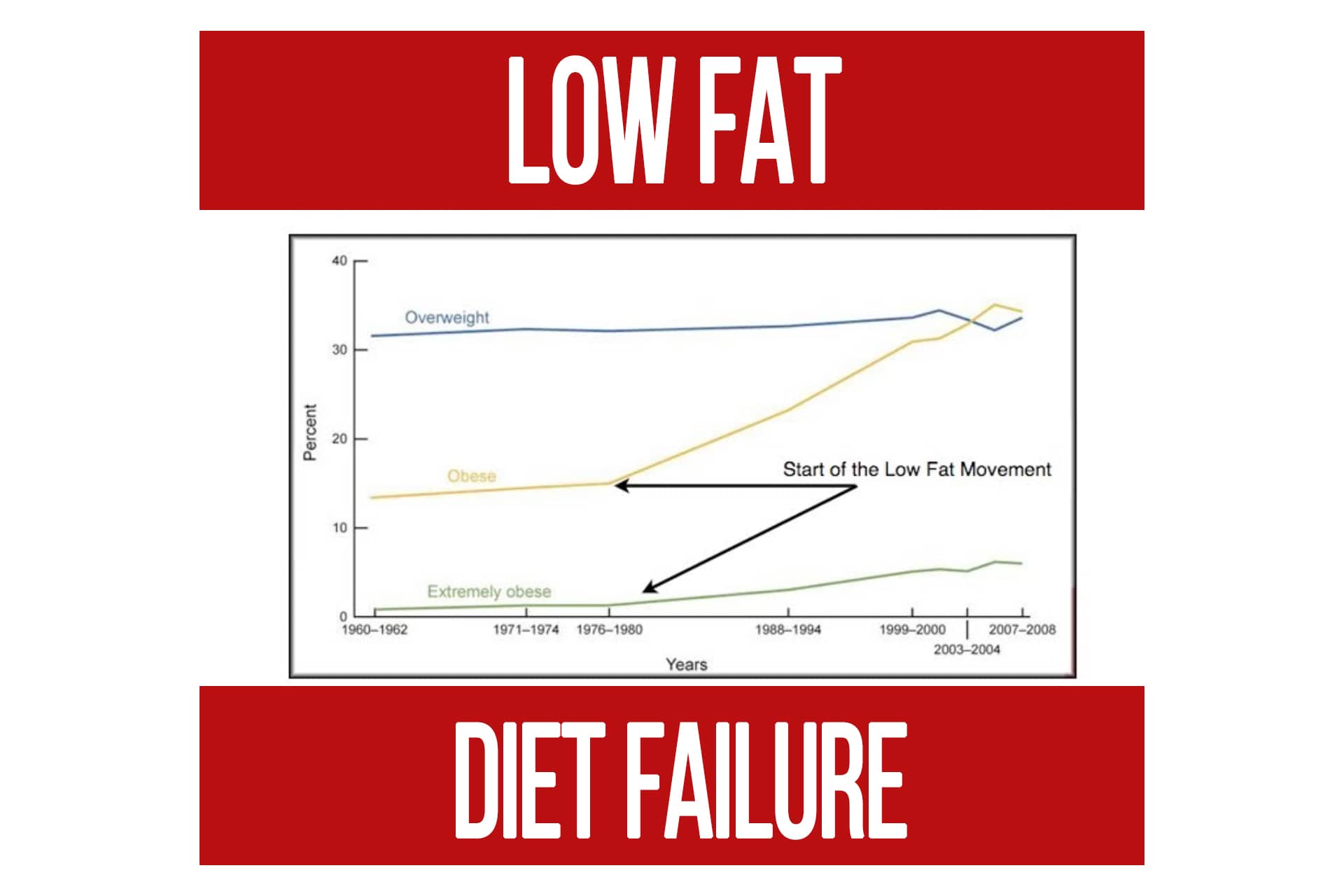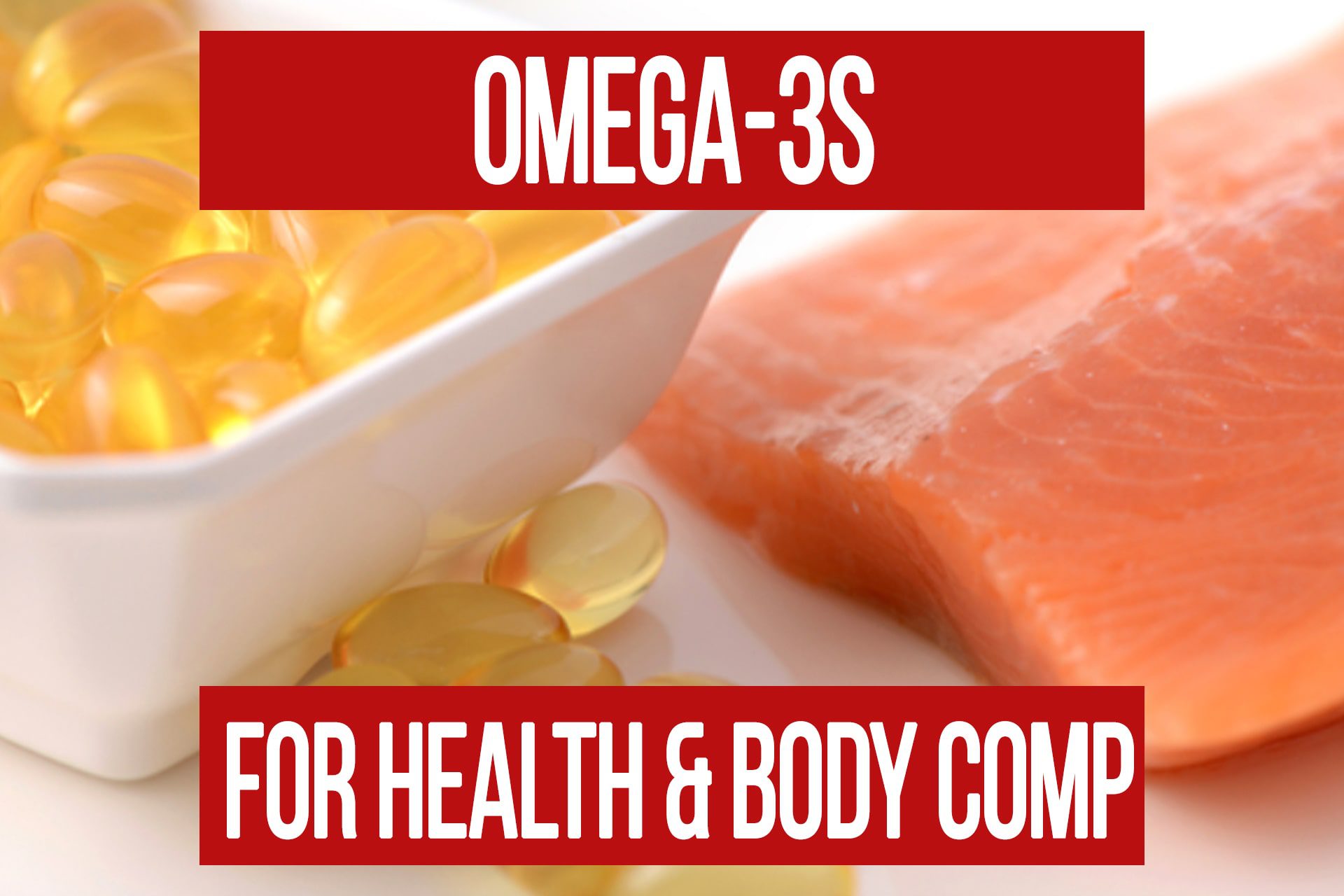What Should Your Minimum Fat Intake Be?
n1 training
Protein and carbs get a lot of attention when it comes to nutrition. But how much fat should you be consuming? More specifically, what is minimum fat intake you can have before possibly having negative side effects on your health?
If you haven’t read it already, check out Low Fat Diet Failure Part 1 and Part 2. This will give you some background on why avoiding fats like the plague can be detrimental for you in the long run.
Having a minimum amount of fat intake is extremely important for optimal health. Just to name a few things, adequate fat intake (type and quantity) is essential for:
- Cellular membrane integrity
- Hair, skin, and nail health
- Hormone production
- Regulation of inflammatory pathways
- Absorption of fat-soluble vitamins
For more on the different types of fat and their qualities, read Fat Types & Sources.
Your body requires a minimum amount of these different types of fats to support biological processes.
A general guideline we like to use as a starting point is based on the amount of estimated lean body mass (LBM) a person has. Since “lean tissue” is composed of everything other than fat tissue, it also accounts for your organs (like your brain) that require fatty acids in order to function optimally.
LBM = Body weight x (1 – Estimated body fat % as a decimal)
Ex: 200 pound person with 10% body fat
180 = 200 x (1 – 0.1)
The calculation for minimum fat intake we use is:
Males = .3g/pound of LBM , .66g/kg of LBM
Females = .4g/pound of LBM, .88g/kg of LBM
Females tend to have a slightly higher demand for fatty acids due to their difference in hormonal profile and cycles.
Using our example from above, the person with 180 LBM would have a minimum fat intake of:
0.3 x 180 = 54g
Again, this is a guideline for when calories are getting low. If someone is in a surplus for hypertrophy, they likely don’t have a reason to get close to these levels.
In some extreme cases (end of a photoshoot or contest prep for example) we might dip below these levels slightly for a very short time. Perhaps 1-2 weeks. That short of a duration is unlikely to have any adverse side effects.
Also keep in mind that this is in context of a weekly average. For example, you could have lower fats on training days that are at or slightly below the minimum, but on non-training days you have more fats in the diet so that over the course of the week you are above the minimum.
So where did these numbers come from?
Unfortunately, there is very little research on minimum fat intake (there is a ton on high fat intake though…). The limited amount of published information recommends no less than 10-15% of total energy intake from fats. But like much of the minimum nutrient intake recommendations, that is far below what will be required for optimal health, especially in active resistance-trained individuals.
The most important thing to keep in mind is that there isn’t an exact amount at which negative health impacts begin occurring. This is where the “N of 1” principle comes in. Every person needs to be evaluating on an individual basis, not just blindly following some online calculator or article (even this one).
Spotting a deficiency in fat intake can be tricky, as the signs aren’t as easy to recognize as being too low in the other two macros and take longer to appear. Usually the first things you’ll notice will be a decline in the health of hair, skin, and nails. However, if you’re staying above the guidelines for the minimum intake and using quality fat sources you shouldn’t have anything to worry about.
Protein and carbs get a lot of attention when it comes to nutrition. But how much fat should you be consuming?
More specifically, what is the lowest amount you can have before possibly having negative side effects on your health?
If you haven’t read it already, check out Low Fat Diet Failure Part 1 and Part 2. This will give you some background on why avoiding fats like the plague can be detrimental for you in the long run.
Why Are Fats Important?
Having a minimum amount of fat intake is extremely important for optimal health. Just to name a few things, adequate fat intake (type and quantity) is essential for:
- Cellular membrane integrity
- Hair, skin, and nail health
- Hormone production
- Regulation of inflammatory pathways
- Absorption of fat-soluble vitamins
For more on the different types of fat and their qualities, read Fat Types & Sources.
Your body requires a minimum amount of these different types of fats to support biological processes.
Numbers & Stuff
A general guideline we like to use as a starting point is based on the amount of estimated lean body mass (LBM) a person has. Since “lean tissue” is composed of everything other than fat tissue, it also accounts for your organs (like your brain) that require fatty acids in order to function optimally.
LBM = Body weight x (1 – Estimated body fat % as a decimal)
Ex: 200 pound person with 10% body fat
180 = 200 x (1 – 0.1)
The calculation for minimum fat intake we use is:
Males = .3g/pound of LBM , .66g/kg of LBM
Females = .4g/pound of LBM, .88g/kg of LBM
Females tend to have a slightly higher demand for fatty acids due to their difference in hormonal profile and cycles.
Using our example from above, the person with 180 LBM would have a minimum fat intake of:
0.3 x 180 = 54g
Again, this is a guideline for when calories are getting low. If someone is in a surplus for hypertrophy, they likely don’t have a reason to get close to these levels.
In some extreme cases (end of a photoshoot or contest prep for example) we might dip below these levels slightly for a very short time. Perhaps 1-2 weeks. That short of a duration is unlikely to have any adverse side effects.
Also keep in mind that this is in context of a weekly average. For example, you could have lower fats on training days that are at or slightly below the minimum, but on non-training days you have more fats in the diet so that over the course of the week you are above the minimum.
N of 1, Not Just Calculations
Unfortunately, there is very little research on minimum fat intake (there is a ton on high fat intake though…). The limited amount of published information recommends no less than 10-15% of total energy intake from fats. But like much of the minimum nutrient intake recommendations, that is far below what will be required for optimal health, especially in active resistance-trained individuals.
The most important thing to keep in mind is that there isn’t an exact amount at which negative health impacts begin occurring. This is where the “N of 1” principle comes in. Every person needs to be evaluating on an individual basis, not just blindly following some online calculator or article (even this one).
Spotting a deficiency in fat intake can be tricky, as the signs aren’t as easy to recognize as being too low in the other two macros and take longer to appear. Usually the first things you’ll notice will be a decline in the health of hair, skin, and nails. However, if you’re staying above the guidelines for the minimum intake and using quality fat sources you shouldn’t have anything to worry about.
Have A Question For Us?
Please Log In to Submit Your Question
Omega-3s For Health & Body Composition
articleBody Composition FREE Health and Longevity Nutrition Supplementation
Popular Pages
Learn & Train With Us
Add N1 Training to your Homescreen!

Please log in to access the menu.

